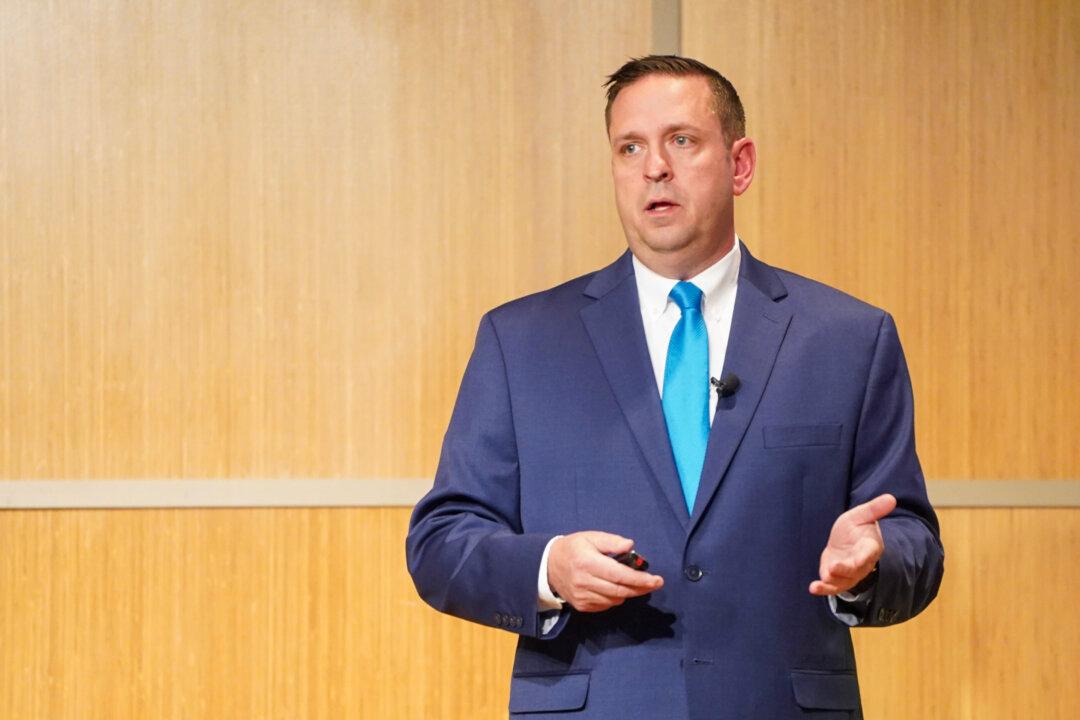One possible path to the House majority for both parties lies through a C-shaped congressional district in northwestern Illinois and its swathes of crop fields, waning manufacturing bases, and scattered urban centers.
A blue district back to the 1980s, the 17th congressional district broke and voted for former President Donald Trump twice, largely due to a high rural turnout, defecting union Democrats, and a sometimes dimmed urban turnout.





